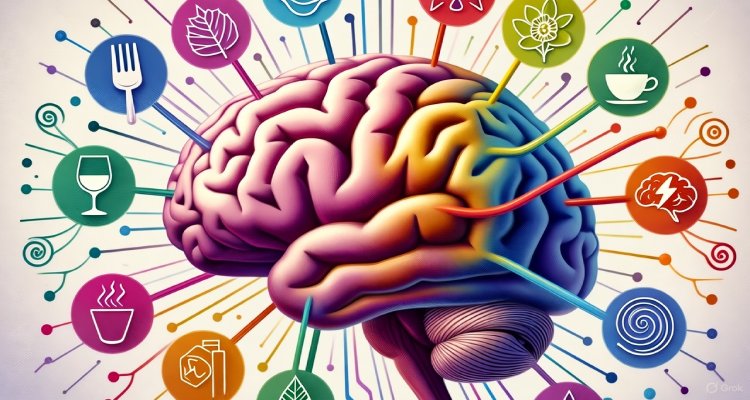Discover How Google Translate Breaks Language Barriers with AI Power
Google Translate uses AI and neural machine translation (GNMT) to provide accurate, context-aware translations. Its key features include text, voice, and image translation, along with offline use and automatic language detection. While it faces challenges with some languages and idioms, ongoing AI advancements promise to improve translation quality further.
Introduction to Google Translate’s Evolution and AI Power
Google Translate is a critical tool for millions worldwide, enabling smooth communication across languages. But what powers this incredible translation service? Let’s explore the technological advancements behind Google Translate, its journey over the years, and the features that make it stand out.
The Evolution of Google Translate
Launched in 2006, Google Translate initially operated on a statistical machine translation (SMT) model. This early method translated text by converting it into English first, then into the target language. By analyzing vast bilingual text collections, such as those from the UN or European Parliament, it identified translation patterns. However, this approach often resulted in grammatically awkward or contextually incorrect translations.
In 2016, Google made a significant leap by introducing its neural machine translation system, known as Google Neural Machine Translation (GNMT). This technology transformed the service by focusing on translating entire sentences at once, enabling better contextual understanding and more natural-sounding results.
Neural Machine Translation (NMT) Explained
At the heart of GNMT is neural machine translation (NMT), a deep learning AI model that treats the entire sentence as a single unit rather than breaking it into parts, as SMT did. This approach allows for greater accuracy and fluency by considering context and sentence structure. GNMT’s use of Recurrent Neural Networks (RNN) enables it to “remember” previous words, which is essential for handling complex sentence structures and idiomatic expressions.
How Neural Networks Are Trained
GNMT’s neural network is trained using vast amounts of bilingual data. By analyzing millions of sentences translated into different languages, it learns to identify patterns and relationships between words and phrases. The system pulls data from books, websites, and official documents, along with contributions from the Translate Community, where volunteers help correct translations to improve accuracy.
Natural Language Processing (NLP) in Google Translate
Natural Language Processing (NLP) plays a vital role in making Google Translate effective. It enables the system to break down and understand sentences at a deeper level through several steps:
1. Tokenization: Breaking the sentence into words or tokens.
2. Part-of-Speech Tagging: Identifying each word’s grammatical role.
3. Parsing: Analyzing the syntactic structure of the sentence.
4. Semantic Analysis: Determining the meaning based on context.
By combining deep learning and NLP techniques, Google Translate provides accurate translations that maintain the sentence’s context and meaning.
Key Features of Google Translate
Several standout features make Google Translate a go-to tool for users:
• Text Translation: The core feature that allows users to translate text across various languages.
• Voice Translation: Users can speak into their devices, and Google Translate will provide spoken translations in the target language.
• Image Translation: Using a smartphone camera, users can translate text found in images, such as signs or menus.
• Offline Translation: Language packs allow users to translate text even without an internet connection.
• Language Detection: Google Translate can automatically detect the source language, making it easier for users to translate content without manually selecting the input language.
Limitations and Challenges
While Google Translate has made great strides, there are still challenges. The service excels in many languages, but its accuracy can vary depending on the language pair and complexity of the text. For languages with limited training data, translations may still fall short. Additionally, handling idiomatic expressions, cultural nuances, and context-specific meanings can be tricky.
The Future of Google Translate
The future of Google Translate looks promising. As AI and machine learning continue to advance, the system is expected to improve its ability to handle low-resource languages and complex sentence structures. Researchers are exploring new architectures and techniques to further enhance translation quality.
One exciting development is the integration of Google Translate with other services like Google Assistant and Google Lens, offering users more seamless and intuitive translation experiences across various platforms and devices.
Conclusion
Google Translate is a powerful example of how AI and machine learning can break language barriers, enabling better communication across the globe. With its neural machine translation capabilities, advanced NLP techniques, and vast training data, Google Translate offers accurate and contextually relevant translations. While there is still room for improvement, particularly with less commonly spoken languages, the future holds even more potential for this invaluable tool.










